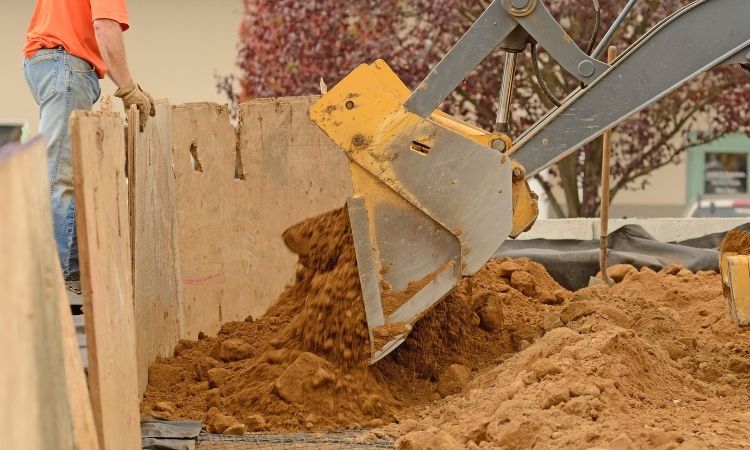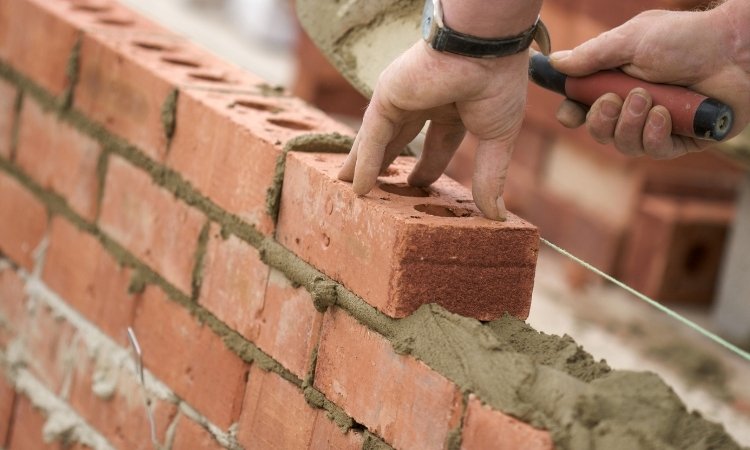Ever thought about how to build a Retaining Wall in your Singapore backyard? It would be excellent to deal with slopes, or just a great way to make your garden look great. Building a Retaining Wall in Singapore requires a few steps to consider due to all the rain and humidity. This is a step-by-step guide on how to build a Retaining Wall in simple, clear steps.
It’s perfect for beginners and will help you create a strong, good-looking wall. Also, PS Home Maintenance Singapore is an expert in access control system services, partition wall installation, and carpentry services in Singapore.
Why Build a Retaining Wall in Singapore?
A retaining wall holds back soil and stops erosion. In Singapore, where land is tight and rain is heavy, these walls help you use your space better. They also keep your yard safe from water damage. Whether you want a terraced garden or a stable slope, Retaining Wall Building is a smart choice.
Make sure you check with the Building and Construction Authority (BCA) in Singapore before you begin. Certain walls require permits, particularly high walls or walls along the property lines. It’s better to be safe than sorry!
What You’ll Need to Build a Retaining Wall
The materials required to build a Retaining Wall include:
- Blocks or bricks: Turn to concrete blocks or natural stone. They hold up well to Singapore’s wet weather.
- Gravel and sand: This will provide a good base and help to keep the drainage running well.
- Geotextile fabric: This prevents soil from clogging your drainage system.
- Drainage pipe: A perforated pipe to help move water away.
- Tools: Grab a shovel, a level, a tamper, a measuring tape, a string, and safety equipment, like gloves.
- Concrete adhesive or mortar: It is what keeps your blocks attached together.
Choose waterproof and humid weather-compatible materials. Concrete is a perfect choice as it would not rot like wood.
Step-by-Step Guide to Building a Retaining Wall
Let’s walk through how to build a Retaining Wall in simple steps:
Step 1: Plan Your Wall
Decide where your wall will go. Take dimensions of the area and mark it with stakes and string. Check how steep the slope is to know how many blocks you need. If your wall will be over one meter tall, talk to an engineer to make sure it’s safe.
Step 2: Get Permits
Walls higher than one metre or adjacent to public areas in Singapore may need a permit from the BCA. If that’s the case, contact them or hire a pro to check. This way, you’ll keep your project legal and safe.
Step 3: Clear the Area
Clear grass, roots, and rocks out of the area. Dig a trench, roughly 30cm deep and twice as wide as your blocks. Check that the trench is level. Pack the soil down tightly with a tamper.
Step 4: Make the Base
First, lay down a 15 cm layer of gravel in the trench. Press it down really hard with a tamper. A solid foundation ensures your wall is stable and has good water run off, which is very essential in rainy Singapore.
Step 5: Place the First Row
Set the first row of blocks into the trench. Ensure that the blocks are straight with the help of a level. This row is the foundation of everything because it supports the rest. Hold the blocks in a straight line with a string.
Step 6: Add Drainage
Install a perforated pipe behind the first row for drainage of water. Finish it off with gravel and geotextile fabric. This prevents water from building up and damaging your wall when there is heavy rain.
Step 7: Stack the Wall
Add more block layers; you want to stagger them like bricks for extra strength. Use concrete adhesive or mortar between layers and bond them in place. Double-check every row with a level to keep it straight. In the case of high walls, reinforce with geogrid or rebar to add more reinforcement.
Step 8: Fill Behind the Wall
Fill the space with gravel behind the wall, and put soil on top. Press each layer down tightly so it doesn’t settle. The gravel allows for good drainage, and the soil is wonderful for seeding grass or plants.
Step 9: Finish the Wall
Add capstones or flat rocks on top for a clean finish. You can also plant flowers or shrubs behind the wall to make it pretty. Double-check that everything is level and secure.
Step 10: Check and Clean
Look at your wall now and then for cracks or tilting. Singapore’s humidity can cause moss or algae, so clean it with mild soap if needed. If you see big problems, call a professional right away.
Conclusion
Building a Retaining Wall in Singapore is a rewarding project that enhances your property’s functionality and beauty. These are the steps to take and regulations to follow in order to build a Retaining Wall that will survive the course of time.
Be it maintenance of a slope or development of a garden, a properly constructed retaining wall adds value and charm to your home. There is no better time to start your project than now, and change your outdoor space today without hesitation!


